#emperor hadrian
Text
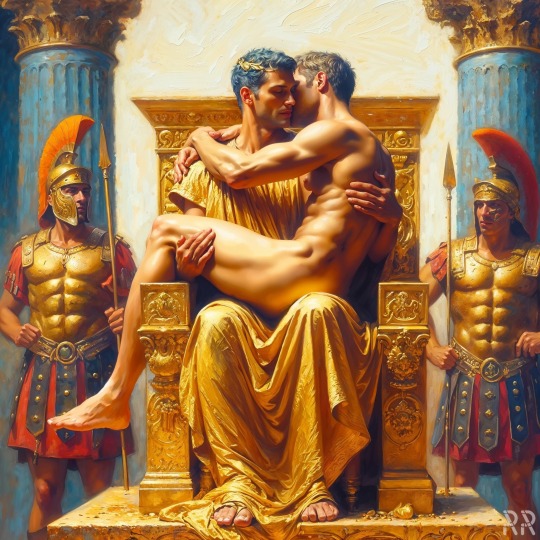
#ai art#male art#true romance#emperor hadrian#antinous#gladiator#gay art#gay history#gay#ai gay couple#ai gay#ai gay art
363 notes
·
View notes
Text
You wandering and winsome little soul,
The body's guest and its companion too,
Into what places now will you depart?
You pale and stiff and naked little thing,
You won't make jokes the way you're wont to do.
Animula vagula blandula
Hospes comesque corporis
Quae nunc abibis in loca?
Pallidula rigida nudula
Nec ut soles dabis iocos.
--The dying poem of the Roman emperor Hadrian, cited in the "Vita Hadriani" of the Historia Augusta
#classics#tagamemnon#quote#quotes#Latin#Latin language#lingua latina#translation#Latin translation#poetry#poetry in translation#Hadrian#Emperor Hadrian#epitaph#Historia Augusta
246 notes
·
View notes
Text


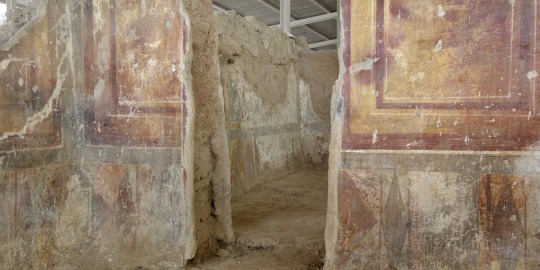


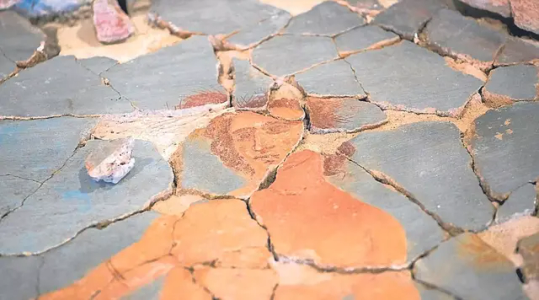
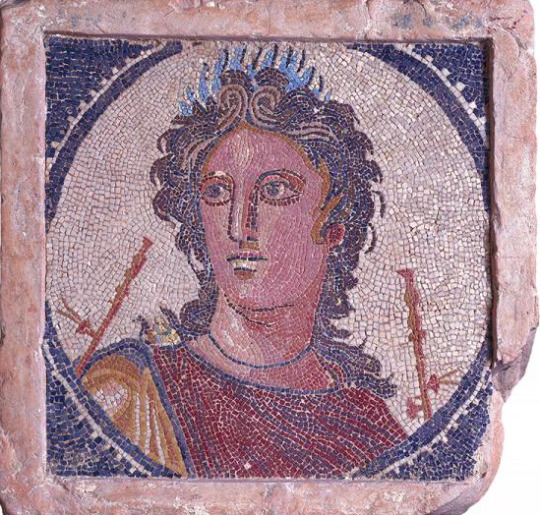



Vil·la romana dels Munts (Els Munts Roman Villa) is one of the best preserved Roman villas in the Iberian peninsula, the Roman province of Hispania. It's located in modern-day Altafulla (Camp de Tarragona, Catalonia), in the countryside near the important Roman city of Tarraco (modern-day Tarragona). The villa's archaeological remains are included in the UNESCO World Heritage Site "Archaeological Ensemble of Tarraco".
The oldest part of the villa dates from the 1st century AD, when it was a small farming villa, but it was soon abandoned. In the early 2nd century AD, the old villa was demolished and the place was rebuilt as a large, aristocratic villa: it still kept having a significant agricultural role, but included a magnificent and luxurious residence area. To get an idea of how luxurious it was, a normal 2nd-century Roman villa might have one marble covering, while Els Munts has hundreds of coverings made of marble imported from the Eastern Mediterranean and the North of Africa. The residence also had wall paintings, mosaic floors, statues, fountains, and artificial ponds. The villa also included a bath house and a the largest temple of the Mithraic religion known in the Western Roman Empire.
When the Roman emperor Hadrian stayed in Tarraco the winter of 122-123 AD, it's thought that this villa could have been the place where he was staying. A statue of Antinous (Hadrian's lover) was found in Els Munts.

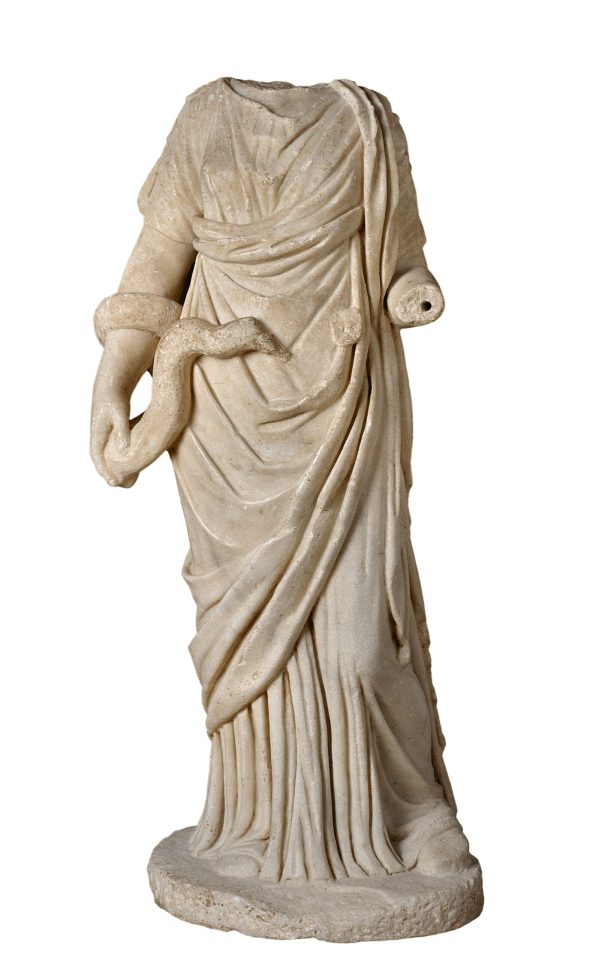

Statue of Antinous, Higea, and Asclepios found in Els Munts. Nowadays in Museu Nacional Arqueològic de Tarragona.
The villa was partially destroyed by a fire in the late 3rd century, starting its decline. In the early 5th century, it was remodelled into a Late Roman villa and then a Visigothic one, and was in use until the 7th century.
Photos by Quim Roser/Dep. Cultura, ArqueoXarxa, Manel Antolí/Tarragona Turisme, Tjerk van der Meulen/Ara, MNAT - Google Arts and Culture. Drawing reconstruction by Hugo Prades/MNAT. Information from Museu Nacional Arqueològic de Tarragona and Ara (Josep Anton Remolà).
#vil·la romana dels munts#arqueologia#història#altafulla#catalunya#arts#archaeology#archeology#ancient rome#ancient roman#antinous#emperor hadrian#ancient#antiquity#roman empire#mosaic#catalonia#europe#travel#travel photography
85 notes
·
View notes
Note
Soooo what are the chances the cute femboy twink fling is some kind of nerdy scholar apprentice?
Nah, the cute femboy twink will be a model for painters and sculptors in the academy
Inspired of course by one of the most sculpted figures in history:
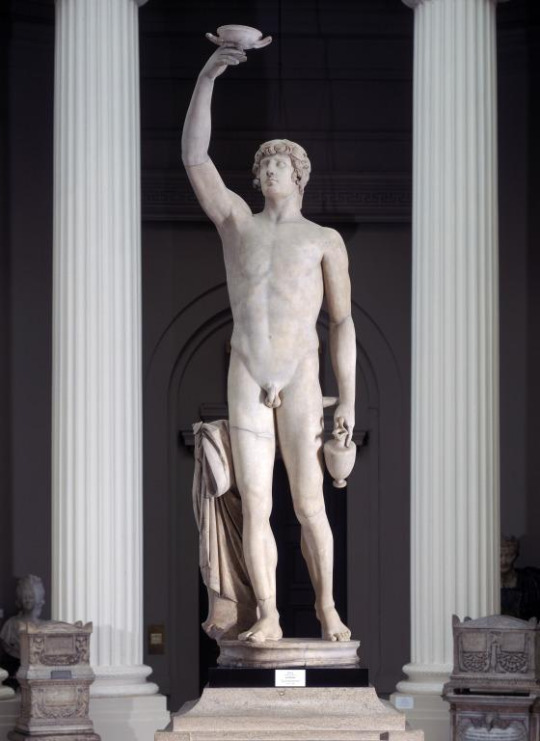
Hadrian became enamoured with Antinous, a younger man renowned for his beauty and invited him to join his tours of his Empire. In AD 130 Antinous drowned in the river Nile and Hadrian was devastated. Reports said that Hadrian wept for him ‘like a woman’. Hadrian mourned Antinous’ death intensely and publically rather than in private as was custom.
Statues of Antinous were built throughout Hadrian’s Empire, he was deified (worshipped as a God), and a new city named Antinopolis was founded near the site of his death.
64 notes
·
View notes
Text


thought i was about to permanently lose myself to one man
#tom holland#queer#books#ancient rome#peter parker#spiderman#memoirs of hadrian#marguerite yourcenar#roman empire#emperor hadrian#ancient history#reading recommendations#book recommendations#namesakes
34 notes
·
View notes
Text


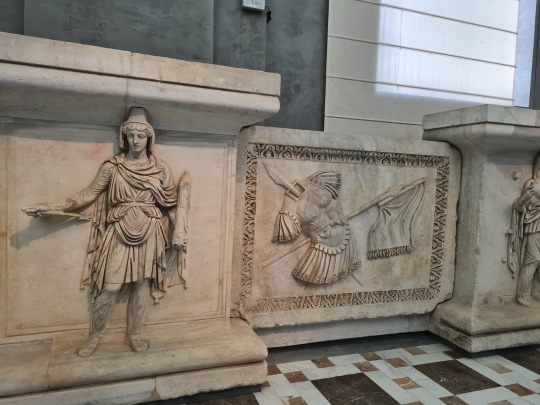
Reliefs from the Hadrianeum in Museo Archeologico Nazionale di Napoli
The persons represent provinces of the Roman Empire under the deified emperor Hadrian. The left figure is Scythia or Noricum, the middle figure is Armenia or Parthia and the right figure is Phrygia or Bithynia.
#naples#napoli#archeology#art#art history#art museum#museum#museum photography#national archeological museum#italy#italia#relief#emperor hadrian#history#ancient art#ancient rome#ancient history#archaeology#antiquity#roman empire#roman emperors#naples italy#campania#travel#travel photography#art photography#culture#photographers on tumblr
25 notes
·
View notes
Photo

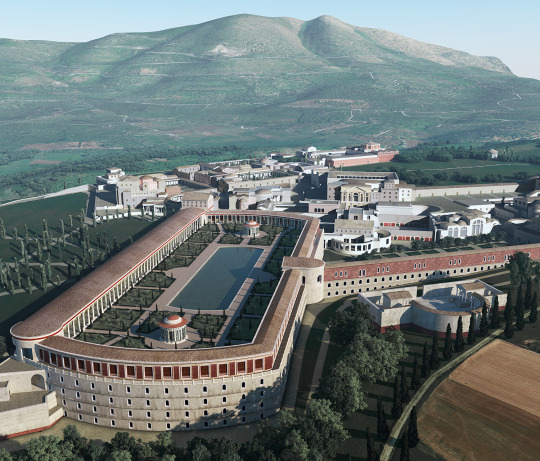
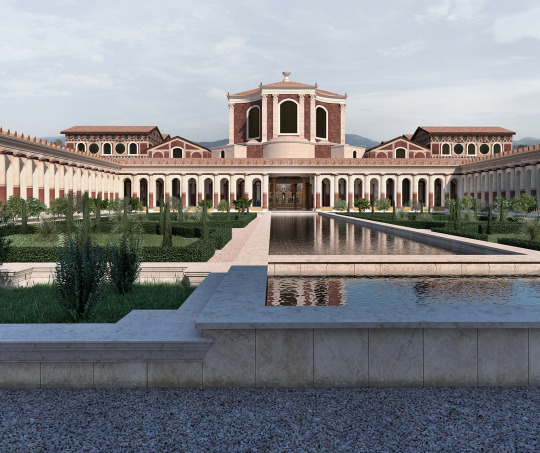
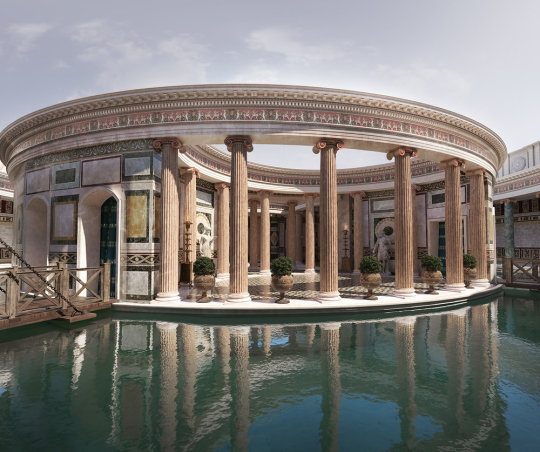




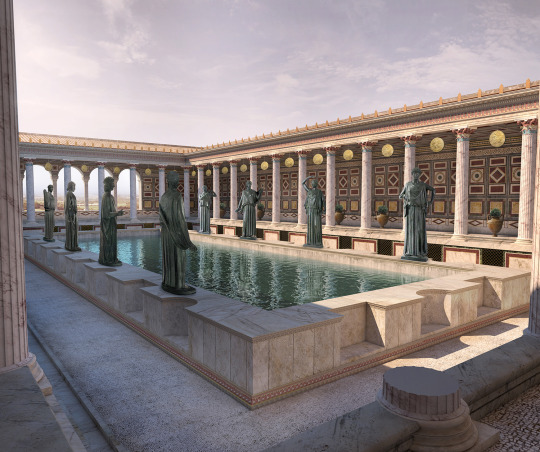

Villa Adriana, Tivoli, Italy,
The large villa complex built c. AD 120 by Roman Emperor Hadrian,
3D reconstruction. C: Progetto Katatexilux
#art#design#architecture#interiors#3dartist#hadrian#tivoli#italy#imperial#emperor hadrian#reconstruction#cgiart#luxuryhouses#luxutyhomes#luxurylifestyle#style#history#roman
880 notes
·
View notes
Text


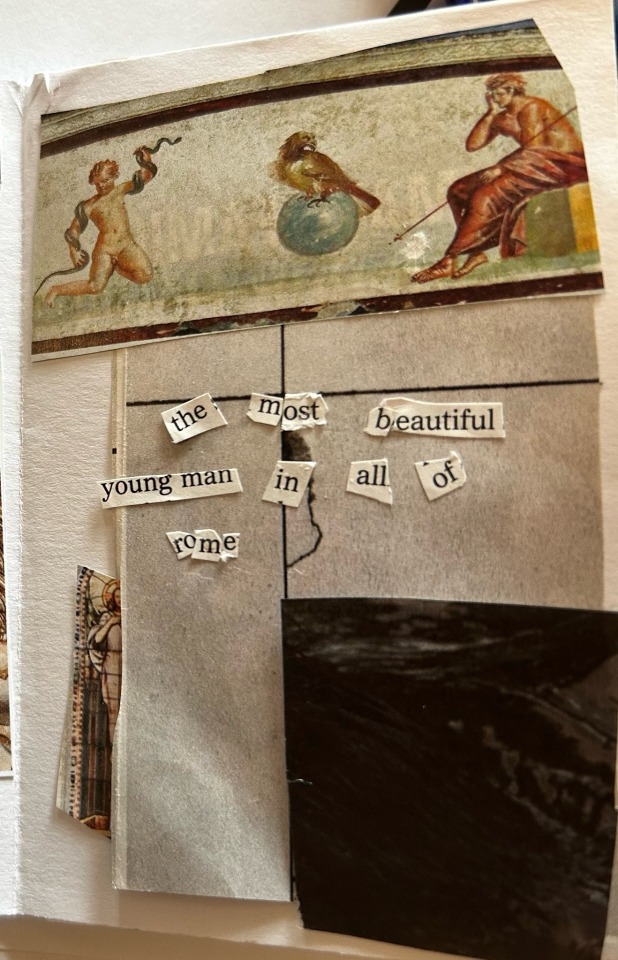


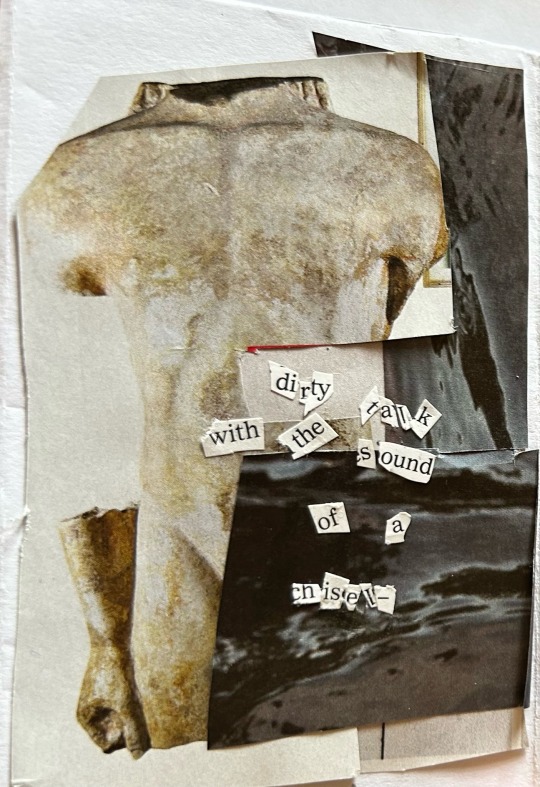


zine for antinous
poetry is mine, text is cut out of a christian science newspaper
62 notes
·
View notes
Text

Oldest Bronze Doors (115 AD) still in use in Pantheon, Rome, Italy.
These doors cast in bronze for Emperor Hadrian (76-138 AD) rebuilding, dated about 115 AD.
These large bronze doors serve as an entrance to the cella, measuring 4.45m wide by 7.53m high, yet so well balanced they can be pushed or pulled open easily by one person.
Each half of the double door weighs 8.5 tonnes. It rotates on pins set into floor and architrave above.
—
The bronze doors in the Pantheon of Rome are indeed a remarkable testament to the engineering and craftsmanship of the Roman Empire during the reign of Emperor Hadrian.
Here are some fascinating details about these historic doors:
1. Age and Origin:
The bronze doors in the Pantheon are estimated to date back to around 115 AD, making them over 1,900 years old.
They were commissioned and cast during the reign of Emperor Hadrian, who is renowned for his architectural contributions to Rome.
2. Purpose:
These doors serve as the entrance to the cella, the inner sanctuary or main chamber of the Pantheon.
The Pantheon itself is a well-preserved ancient Roman temple dedicated to all the gods (hence the name "Pantheon").
3. Size and Dimensions:
The bronze doors are sizable, measuring approximately 4.45 meters (14.6 feet) in width and 7.53 meters (24.7 feet) in height.
What is particularly impressive is that despite their substantial size, they are perfectly balanced and can be effortlessly opened or closed by a single person.
4. Weight:
Each half of the double door weighs a staggering 8.5 tonnes, adding up to a total weight of 17 tonnes for the entire set.
This speaks to the advanced metallurgy and engineering skills of the Romans in handling and crafting large bronze structures.
5. Rotating Mechanism:
The doors are mounted on pins that are set into the floor and the architrave (the lintel or horizontal beam) above the entrance.
This ingenious design allows for the doors to pivot smoothly, enabling them to be moved with relative ease despite their immense weight.
6. Historical Significance:
The Pantheon, with its iconic dome and these bronze doors, is an enduring symbol of Roman architectural innovation and grandeur.
The fact that these doors are still in use after nearly two millennia is a testament to the durability and quality of their construction.
The Pantheon's bronze doors are not only a functional part of this historic structure but also a tangible link to the past, offering a glimpse into the architectural and engineering achievements of ancient Rome.
They continue to awe and inspire visitors from around the world with their sheer size and remarkable craftsmanship.
Credit: Statistics (X)
#The Pantheon#bronze doors#Emperor Hadrian#Roman Empire#ancient Roman temple#temple#Roman architectural innovation#Roman engineering skills#Ancient Rome#doors#ancient civilizations#Rome#Italy
56 notes
·
View notes
Text
I'm not fond of Hadrian, at all, but even I was struck by this - that his contemporaries didn't criticize him for a relationship with his slave boy, but for grieving too much when the boy died.

It's hard for me to wrap my head around how fucking (or raping) a slave could be socially acceptable, but actually caring about him wasn't.
(Craig Williams, Roman Homosexuality, chapter 1)
#i wonder if roman mores contributed to the suppression of grief among men in western cultures today#i've known a lot of guys who turned to substance abuse or self-harm because they couldn't openly express their sadness/fear/grief#without being seen as 'wimps' or 'sissies' for it. violence was acceptable but showing emotional attachment wasn't#whereas the happiest guys i know are those who can talk about their sadness and have friends who accept it#emperor hadrian#antinous#roman homosexuality#craig williams#jlrrt reads#rape mention
31 notes
·
View notes
Text
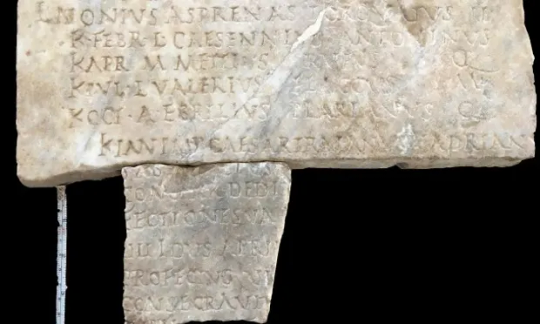

Roman Calendar Fragments Found at Ostia, Italy
Researchers in Italy uncover inscribed sections of marble chronicle linked to previous finds at Ostia Antica archaeological park
Some of the daily activities of the Roman emperor Hadrian, who built monuments including the Pantheon during his more than two-decade reign, have been revealed after the discovery of fragments of marble slabs in Ostia Antica, an archaeological park close to Rome that was once the city’s harbor.
The details were inscribed on fasti ostienses, a type of calendar chronicling events involving emperors and other officials in ancient Rome which were drafted by the pontifex Volcani, the highest local religious authority.
One of the two newly recovered fragments, which experts say matches perfectly with another previously found at the site, dates to AD128, during the reign of Hadrian. The inscription refers to events that took place that year, including 10 January, when Hadrian received the title pater patriae, or father of his country, and his wife, Sabina, that of Augusta. According to the inscription, Hadrian celebrated the occasion by offering a congiar dedit, or donation of money, to the people.
Another date, 11 April of the same year, refers to Hadrian’s trip to Africa before he returned to Rome between July and August. Before a subsequent trip to Athens, he consecrated (the inscription reads “consecravit”) a building in Rome that experts believe could be either the Pantheon or the Temple of Venus and Roma, possibly on 11 August. This would have marked his 11th anniversary as emperor.
The fragments were found in the forum of Porta Marina, a large rectangular building where fasti ostienses were carved into columns, during recent excavations at Ostia Antica that involved teams of archaeologists from the University of Catania and Polytechnic University of Bari.
Alessandro D’Alessio, the director of the archaeological park, said the “extraordinary discovery” sheds more light on the activities of Hadrian, including the buildings he constructed in Rome, while helping to better understand the story of ancient Ostia.
Gennaro Sangiuliano, Italy’s culture minister, said the excavations, which have also revealed extensive sections of a mosaic floor that will eventually be open to the public, gave additional insight into life in Ostia and Rome.

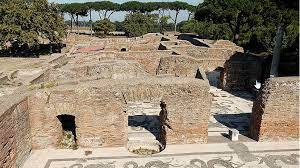
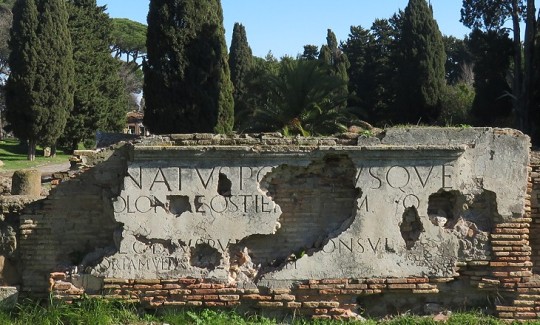
Fragments of fasti ostienses were first discovered at the site in 1940 and 1941 and then again between 1969 and 1972, including one that joins the recently rediscovered fragment. The combined slab chronicles the AD126-128 period. Some of the calendar fragments, which range between AD49 and AD175, are on display at the Vatican Museums.
Ostia Antica, which is located less than 19 miles (30km) from Rome, lay in ruins for hundreds of years until the 19th century. The site contains a theatre, which hosts productions and concerts, and the remains of Roman baths, schools, temples and a synagogue.
By Angela Giuffrida.
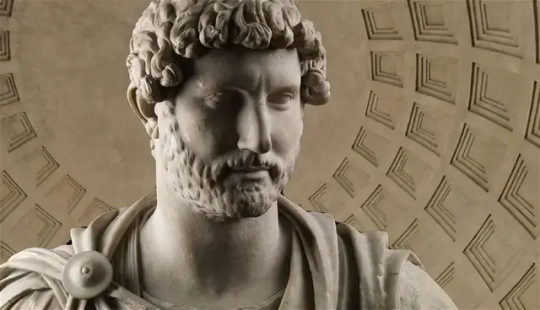
#Emperor Hadrian#Roman Calendar Fragments Found at Ostia Italy#Ostia Antica archaeological park#ancient artifacts#archeology#archeolgst#history#history news#ancient history#ancient culture#ancient civilizations#roman history#roman empire#roman emperor
41 notes
·
View notes
Text

“How fitting that a mysterious and majestic land like Egypt should have the most famous royal romances of all time, and over many centuries. Ahkenaten and Nefertiti. Cleopatra and Mark. Hadrian and Antinous. The kingdom of star-crossed lovers and godly romance.” - Submitted by Anonymous
23 notes
·
View notes
Text
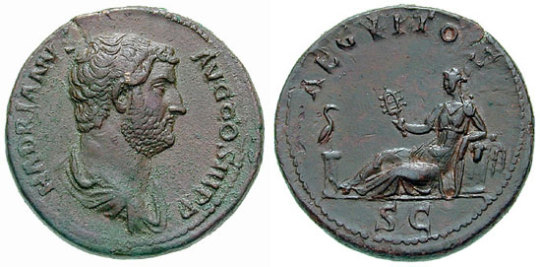
Bronze as minted by the Roman emperor Hadrian (r. 117-138 CE) between 134 and 138, to mark his visit in 130 to the province of Egypt. On the obverse, the bust of Hadrian, showing the Greek-style beard for which he was known; he is identified here as P(ATER) P(ATRIAE). On the reverse, an allegory of Egypt. The personified province reclines, her right hand holding a sistrum, the rattle often borne by the goddess Isis. Her left elbow rests on a basket of grain, representing the vital role of Egypt in supplying grain to Rome. At her feet, an ibis, symbol of the god Thoth, sits atop a column. Photo credit: Classical Numismatic Group, Inc. http://www.cngcoins.com
#classics#tagamemnon#ancient history#Ancient Rome#Roman Empire#Roman history#Hadrian#Emperor Hadrian#art#art history#ancient art#Roman art#Ancient Roman art#Roman Imperial art#coins#ancient coins#Roman coins#Ancient Roman coins#numismatics#ancient numismatics
59 notes
·
View notes
Photo
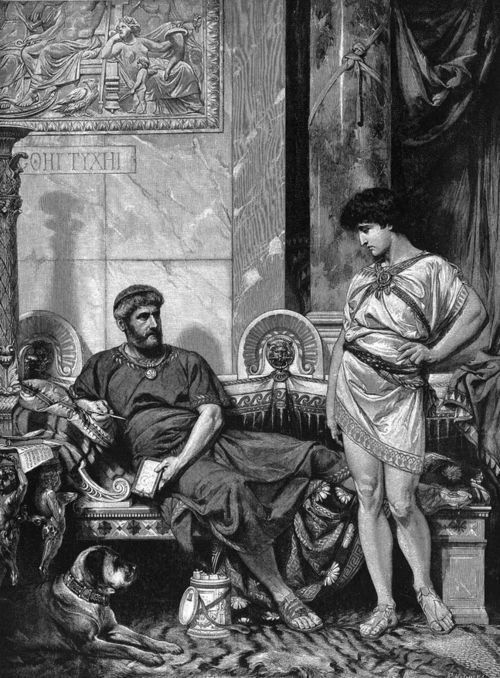
Emperor Hadrian and his boy-toy Antinous
62 notes
·
View notes
Note
Can the Mc be a femboy?
No.
But they can fuck em
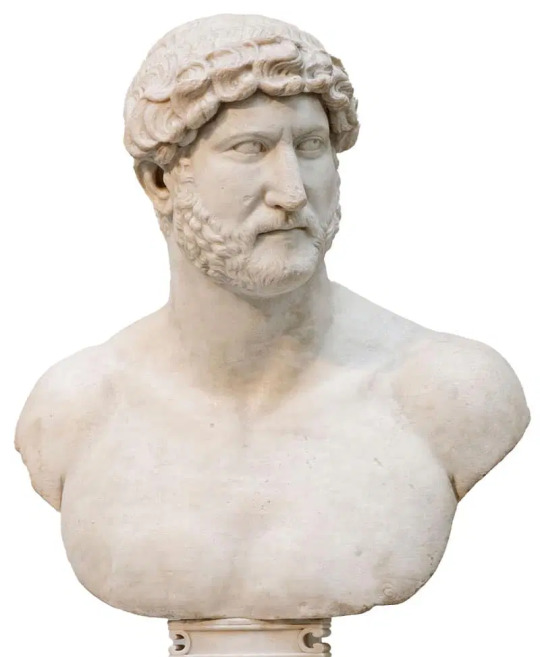
40 notes
·
View notes
Text

Excavation of Thasos. 1963
#emperor hadrian#Hadrian#antinous modern religion#religio antinoi#antinous#ancient rome#roman emperor
103 notes
·
View notes